The Buddha relic box was excavated at the Nhan Tower relic site in Hong Long commune, Nam Dan district, Nghe An province in 1985. It is one of the few Buddha relic boxes found in Vietnam. On December 25, 2017, the Government recognized the Nhan Tower golden relic box as a National Treasure under Decision No. 2089/QD-TTg.
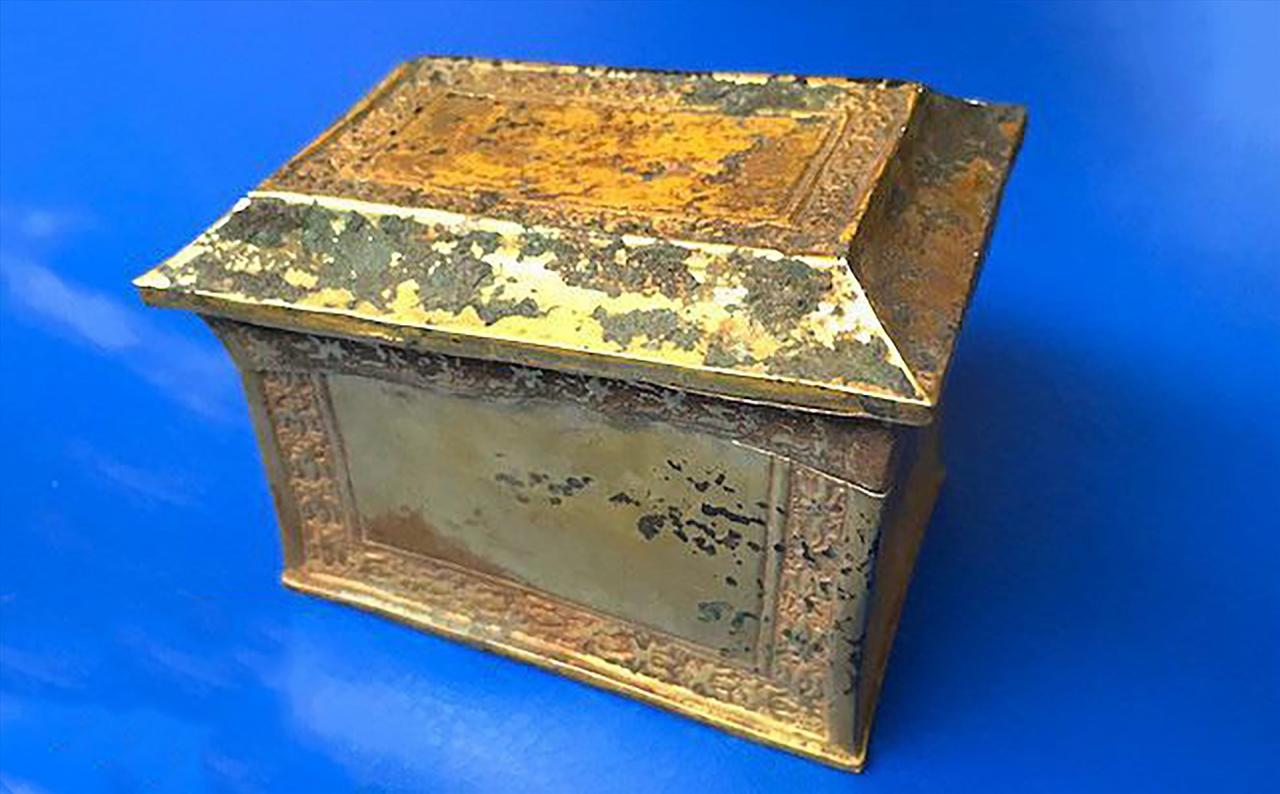
Buddha relic box from 1,400 years ago. Photo: Nguyen Huu Manh
Mossy ruins of ancient tower
Nhan Tower was built entirely of bricks, but at the time of archaeological excavation, it had collapsed, leaving only the nearly square base of the tower with each side measuring about 9.6 m x 9 m, 2 m thick. Around the base of the tower is also a nearly square brick-paved yard, 14.2 m long from North to South; 14 m long from East to West. The interior of the tower is built in a stepped style, with the bottom being large and the top being small, or in the style of the upper part being narrow and the lower part being steep.
The top of the tower measures 5.75 m x 5.6 m, while the bottom measures 3.20 m x 3.18 m. According to Dr. Nguyen Manh Cuong - Vietnam Institute of Archaeology, if following the calculation of L. Bezacier conducted with a brick tower at Ninh Phuc Pagoda (Phat Tich - Bac Ninh) in 1940, Nhan Tower could be up to 20.5 m high. With such height, Nhan Tower would be the largest Buddhist architectural work in Chau Hoan (Nghe An, Ha Tinh) at that time.
In the middle of the tower is a brick pedestal. Below the brick pedestal, about 1.8 m above the ground, are two hollowed-out tree trunks joined together to form a round pillar buried vertically.
Inside the tree trunk was a large, black, spongy charcoal, containing a rusty rectangular copper box. The green layer of copper rust still adhered to the soft, black charcoal surrounding it. The copper box, measuring 12 cm long, 8 cm wide, and 8 cm high, was found in a fairly intact condition, about 0.48 m from the top of the tree, and right on the western edge of the tree. Inside the copper box was a golden relic box.
The Thap Nhan golden relic box is rectangular, 8 cm long, 5 cm wide, 5.5 cm high, weighs 100 grams, and is divided into 2 parts: the lid and the body of the box. The lid has an overlapping edge around the edges. The top of the lid is decorated with a 6-petal flower, with a small round pistil in the middle, arranged consecutively to form a rectangular decorative frame. The edge of the lid fits tightly with the body of the box, on which is decorated a 3-petal flower, gathered under a stem with 2 pairs of petals that are symmetrical like a stylized lotus flower.
These stylized lotus flowers, decorated with ribbons, form a rectangular pattern. In the middle of the empty cells is a flat surface. Inside the box, about 1/3 of the bottom of the box is charcoal ash that has been soaked in water and has solidified into a very soft black layer.
On the surface of the ash layer, there were two opaque white semi-circles, transparent and thin like eggshells. These two circular pieces were from a round lump of opaque white substance that had broken in half.
Thus, the Nhan Tower relic box has a somewhat special structure consisting of the following 3 layers: Layer 1: is a hollowed-out tree trunk and buried vertically in the center of the tower. Inside this tree trunk contains a lot of charcoal and ash.
Class 2: The copper box just fits the gold colored metal box inside.
Layer 3: The rectangular box is made of yellow metal. Inside the box there is about 1/3 ash and 2 white, hollow round halves.
The white hollow round ball, believed to be a relic, is a part of the essence, the embodiment of the Buddha passed down to future generations.
According to the Buddhist Dictionary of Chan Nguyen Nguyen Tuong Bach, relics are: "Referring to what remains after the cremation of Buddha Shakyamuni or enlightened beings, often worshiped in towers or temples".
It is believed that the custom of worshipping relics probably began with Buddha Shakyamuni. The custom of worshipping relics has been passed down among the people, and it is believed that this helps ward off bad luck.
Relics of Gautama Buddha have been found in his native Kapilavastu and Vaisali. A tooth of the Buddha is enshrined in Sri Lanka, and a hair of the Buddha is enshrined in Myanmar. His alms bowl is said to still exist today.
According to the Mahavamsa of Sri Lanka, this vase was brought to Sri Lanka by King Ashoka. After the time of Marco Polo, the Sri Lankan king Kublai Khan brought the vase to China.
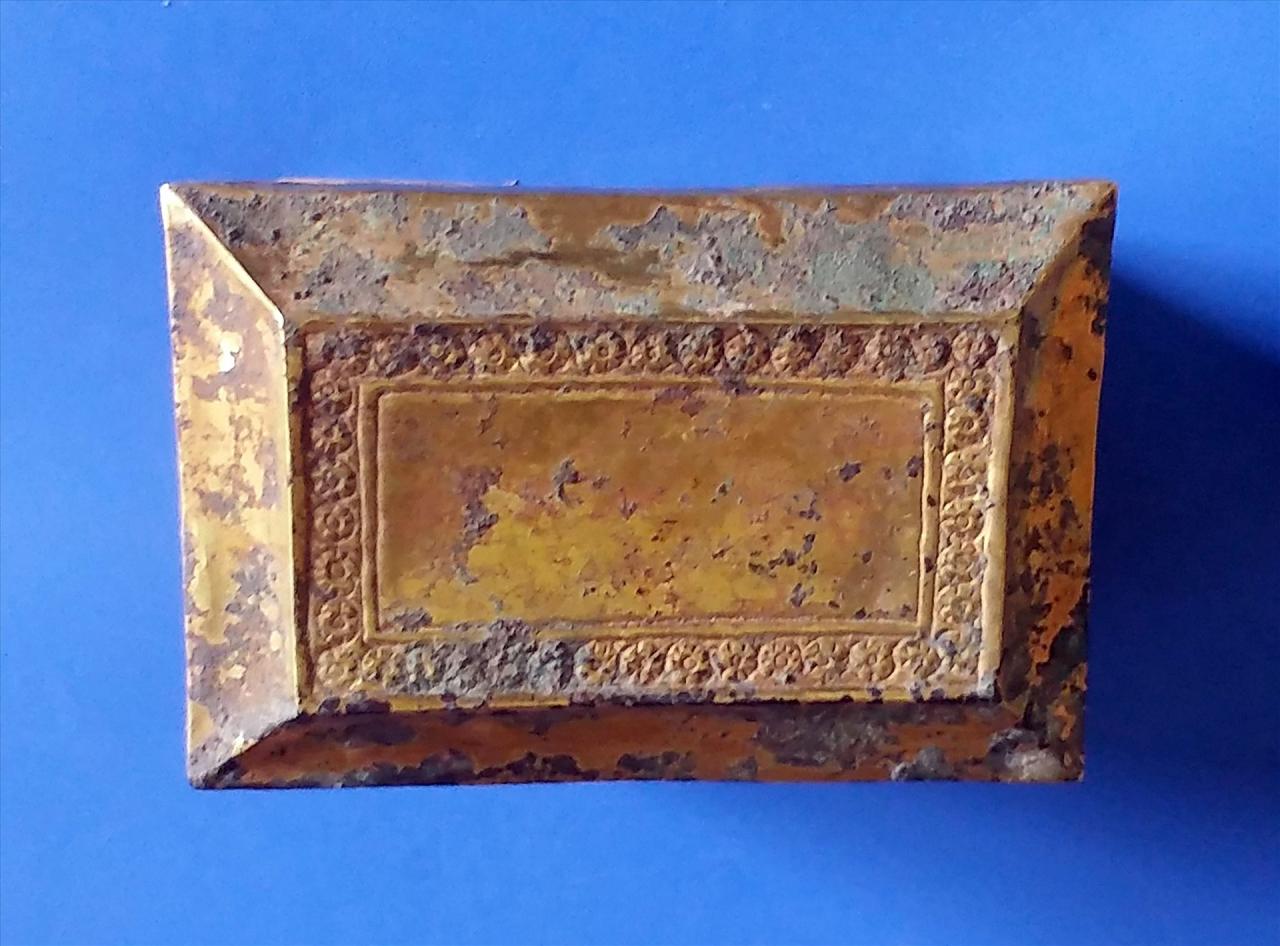
The Nhan Tower relic box is being kept and displayed at Nghe An Museum. Photo: Huu Manh
Treasure from ancient times
The Nhan Tower golden relic box is believed by researchers to date back to the 7th century. During the excavation in 1985 - 1986, Vietnamese archaeologists found many bricks and decorative tiles.
In particular, many bricks have reliefs of three Buddhas sitting on lotus thrones, with halos above their heads and hands placed in the meditation gesture (dhyana mudra), bearing many characteristics of Tang Dynasty sculpture.
In particular, at Nhan Tower, a square brick with the words "Trinh Quan luc nien" was also discovered, meaning the brick was made during the Tang Dynasty, with the year Trinh Quan 6 (ie 623), which helps to strengthen the argument that Nhan Tower was built in the early 7th century.
The discovery of the Buddha's relic box in the Nhan Tower partly contributes to the confirmation that the Buddha's relics were present in Vietnam quite early, consistent with the records that in 604, the eminent monk Phap Hien received 5 relic boxes and royal decrees from the Sui Dynasty to distribute to the lands of Giao Chau to build towers such as: one box placed at Dau Pagoda (602-605), one box placed at Tuong Khanh (Nam Dinh), one box placed at Chau Ai (Thanh Hoa), one box placed at Phong Chau (Vinh Yen, Vinh Phuc) and the last box placed at Chau Hoan land (Nghe An, Ha Tinh).
Nhan Tower is located in the southernmost part of Giao Chau, where ancient documents recorded that it received the distribution of relics of monk Phap Hien. Nhan Tower is located far from the Red River basin (nowadays nearly 300 km from Hanoi), has a large scale, and is a testament to the widespread development of Buddhism in Vietnam.
The discovery and excavation of Nhan Tower shows the smooth combination of Vietnamese - Indian - Chinese cultural elements in contemporary Buddhist art: Chinese elements (materials and decorative patterns), Indian elements (the relic box placed in the middle of a tree trunk buried upright) and the tradition of burying the dead in coffins made from hollowed-out tree trunks from the Dong Son culture.
Regarding the discovery of the relic box inside Nhan Tower, Professor Ha Van Tan wrote in the book "Vietnamese Pagodas" published in 1993: "Placing the relic box inside a hollowed-out tree trunk also reminds us of the custom of burying the dead in hollowed-out tree trunk coffins during the Dong Son culture period in Vietnam.
The stupas are still considered tomb stupas, different from memorial stupas. Is this perhaps a fusion of Buddhism with long-standing indigenous traditions?
laodong.vn


![[Photo] Ho Chi Minh City speeds up sidewalk repair work before April 30 holiday](https://vstatic.vietnam.vn/vietnam/resource/IMAGE/2025/4/3/17f78833a36f4ba5a9bae215703da710)

![[Photo] Prime Minister Pham Minh Chinh chairs the first meeting of the Steering Committee on Regional and International Financial Centers](https://vstatic.vietnam.vn/vietnam/resource/IMAGE/2025/4/3/47dc687989d4479d95a1dce4466edd32)
![[Photo] A brief moment of rest for the rescue force of the Vietnam People's Army](https://vstatic.vietnam.vn/vietnam/resource/IMAGE/2025/4/3/a2c91fa05dc04293a4b64cfd27ed4dbe)
![[Photo] Prime Minister Pham Minh Chinh chairs meeting after US announces reciprocal tariffs](https://vstatic.vietnam.vn/vietnam/resource/IMAGE/2025/4/3/ee90a2786c0a45d7868de039cef4a712)
![[Photo] Capital's youth enthusiastically practice firefighting and water rescue skills](https://vstatic.vietnam.vn/vietnam/resource/IMAGE/2025/4/3/3f8481675271488abc7b9422a9357ada)










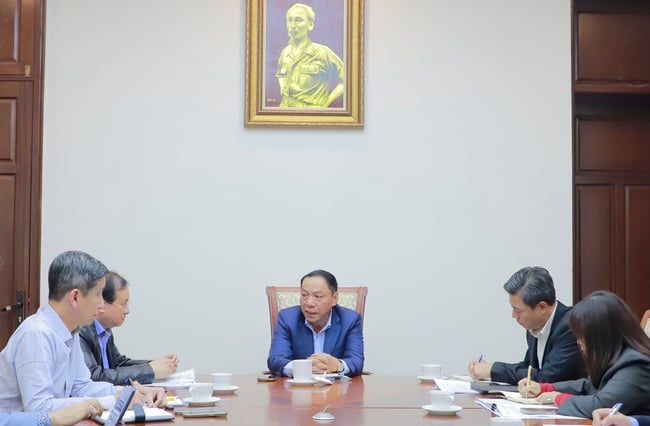
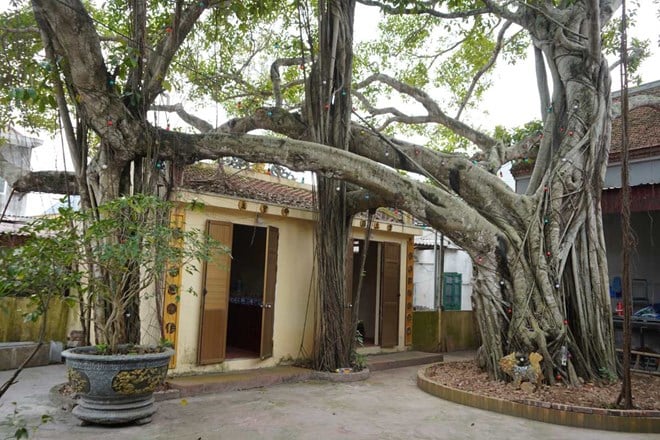


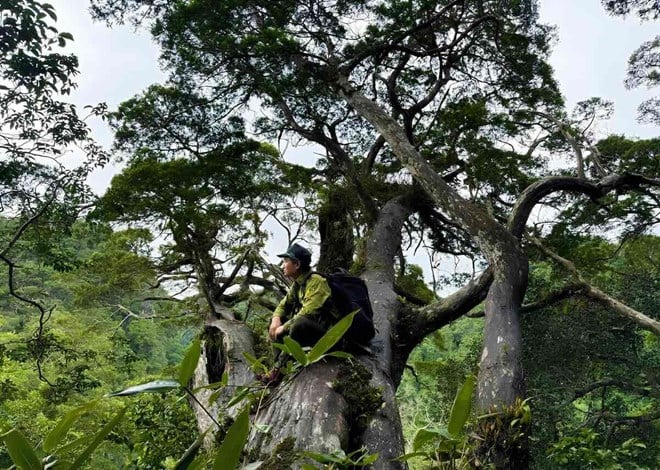










































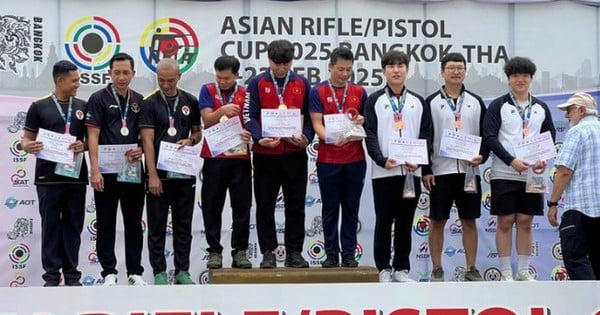


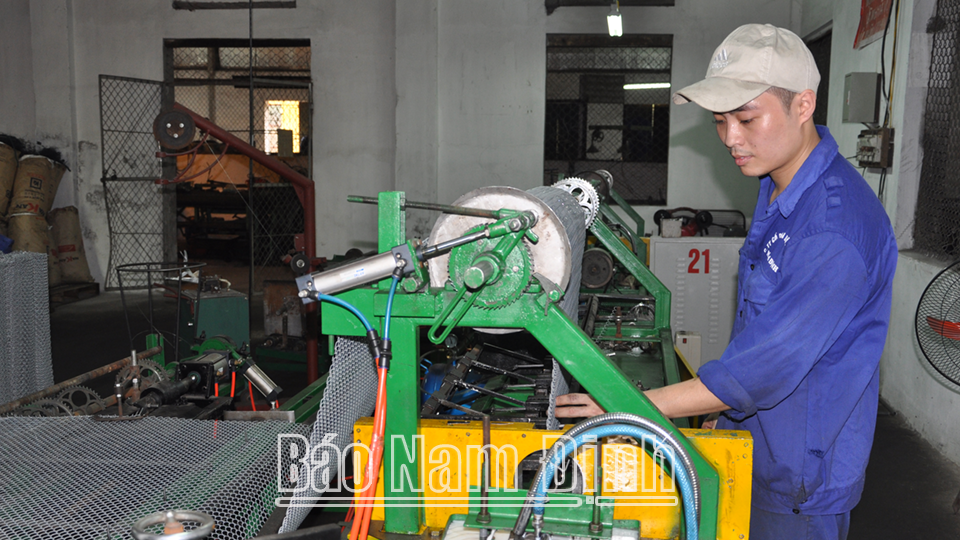


















Comment (0)